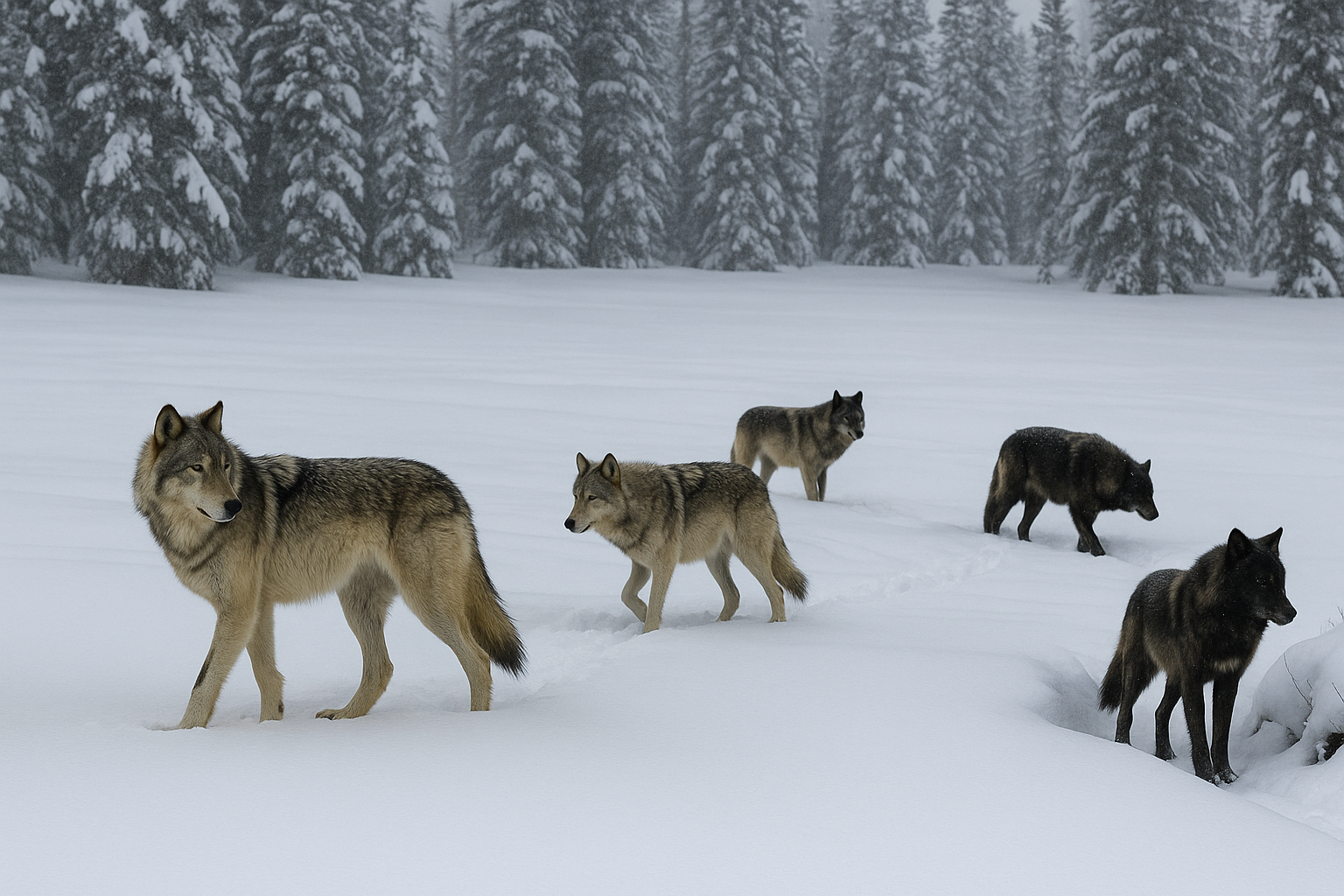
The New Threat to Wolves in and Around Yellowstone
Yellowstone National Park’s wolves have long been a symbol of wilderness conservation success. After being reintroduced in 1995, these majestic animals helped rebalance the park’s ecosystem. But now, a new and pressing threat looms over the packs that roam both inside and beyond the park’s borders.
A Dangerous New Era: State Hunting Laws
Wolves that stray outside the protective boundary of Yellowstone are now facing increased danger from relaxed state hunting regulations. In states like Montana, Idaho, and Wyoming, legislative changes have made it easier for hunters to legally target wolves—even those that are part of Yellowstone’s carefully monitored populations.
Impact on Pack Dynamics
Wolves are deeply social animals that depend on complex family structures. The loss of key individuals, especially alpha males or females, can dismantle an entire pack. Researchers have already observed disrupted pack behaviors and a decrease in monitored wolf populations.
Why It Matters
The Yellowstone wolves are not just wildlife—they’re also a vital part of ecological research and tourism. Visitors flock to the park hoping to catch a glimpse of a wolf in the wild. Their loss could deal a severe blow not only to conservation efforts, but also to local economies that benefit from wildlife tourism.
What Can Be Done?
Conservationists are urging for stronger protections and a federal review of hunting policies near national parks. Better monitoring, education, and cooperative agreements between federal and state agencies may be the key to securing the future of Yellowstone’s wolves.
Only through awareness and action can we ensure that the haunting howls of wolves continue to echo through Yellowstone’s valleys for generations to come.






